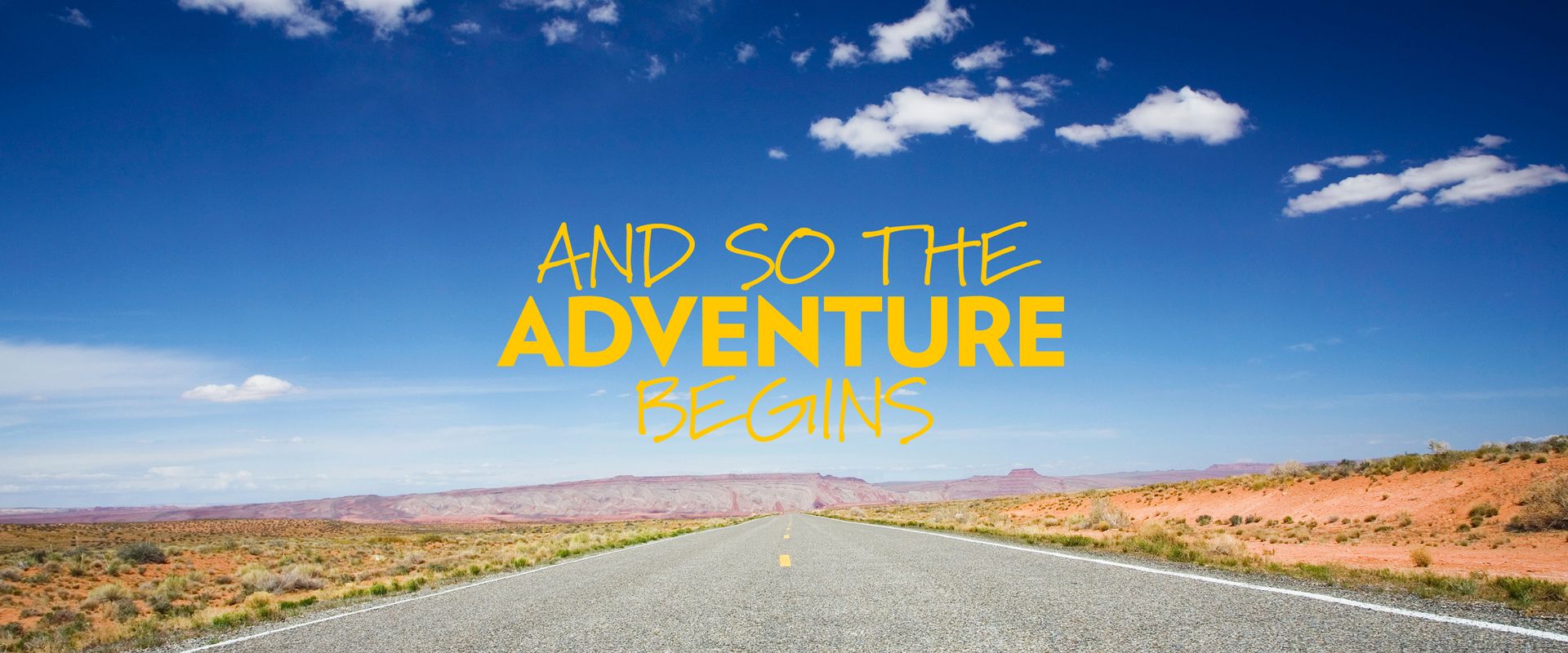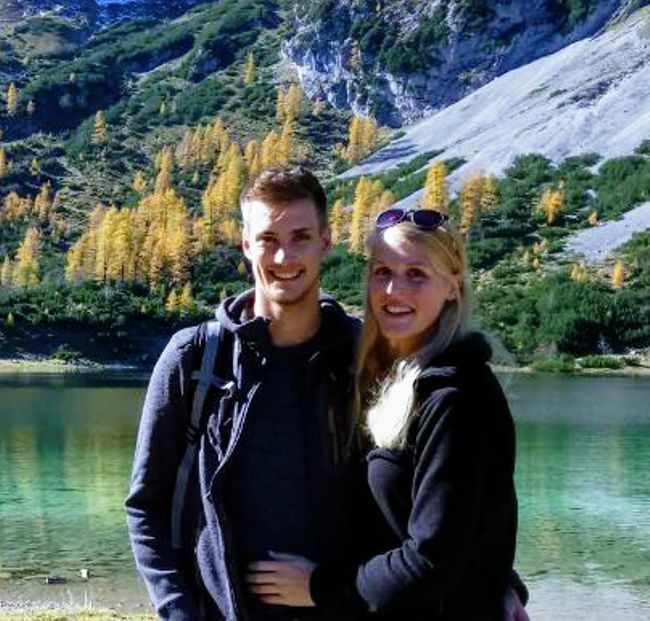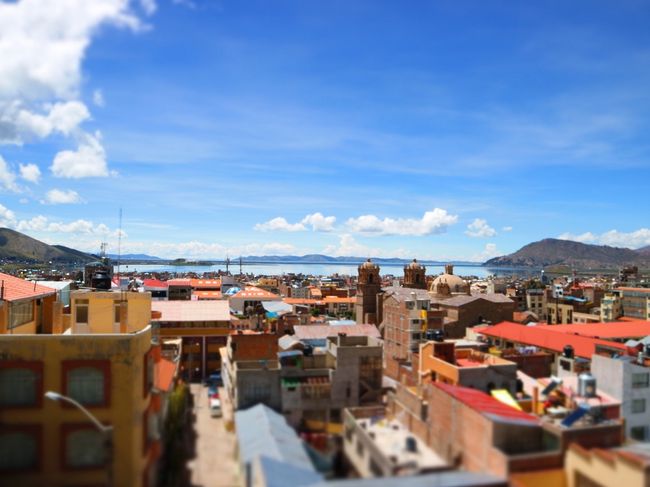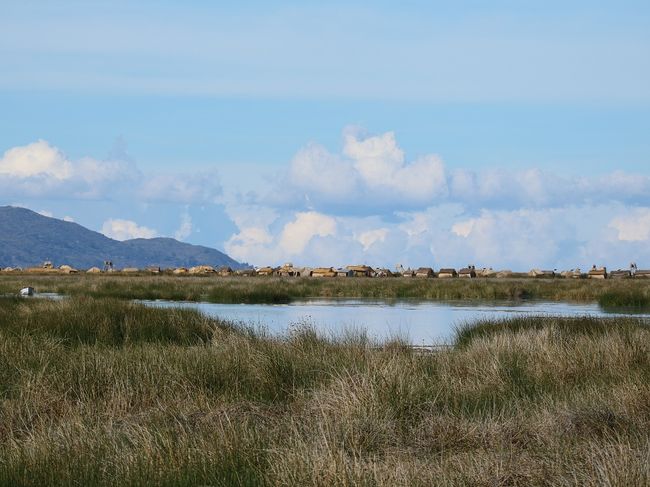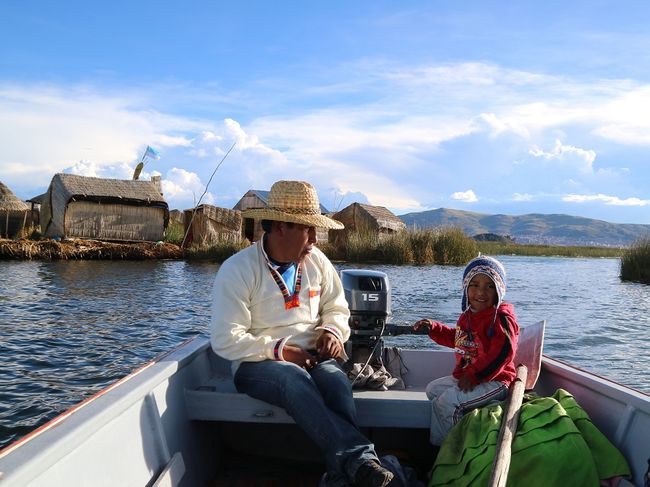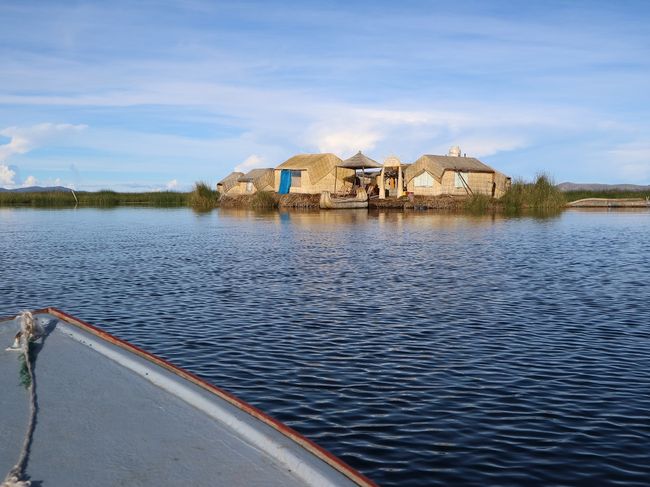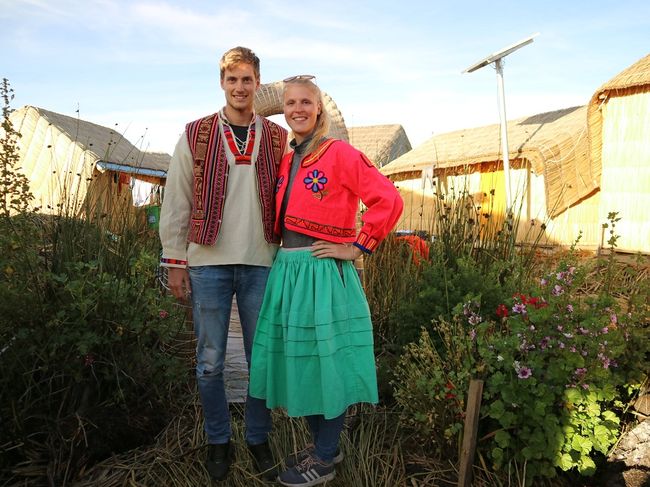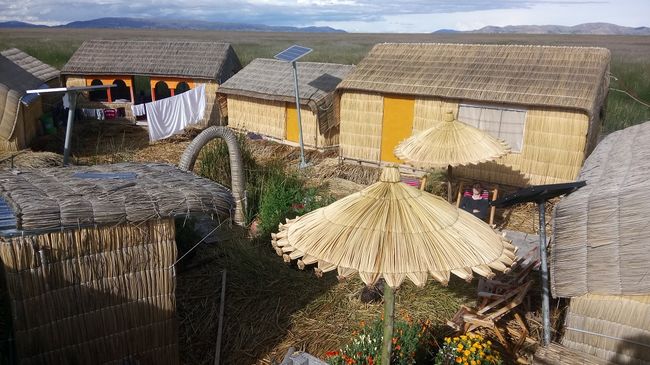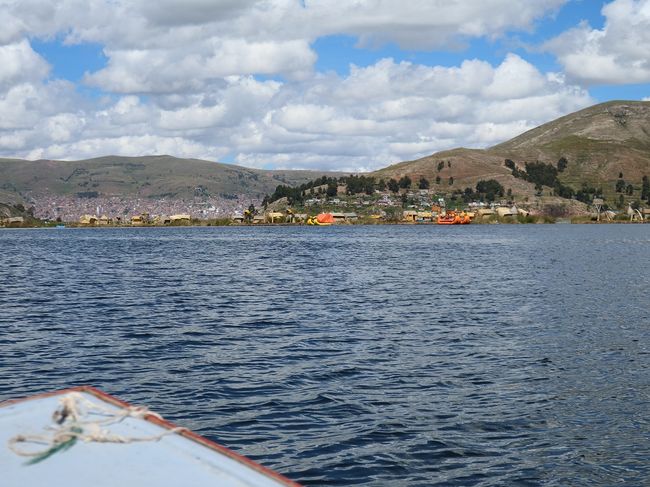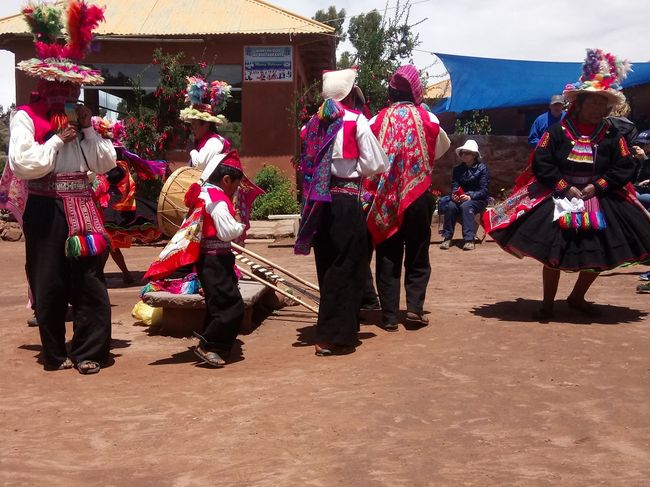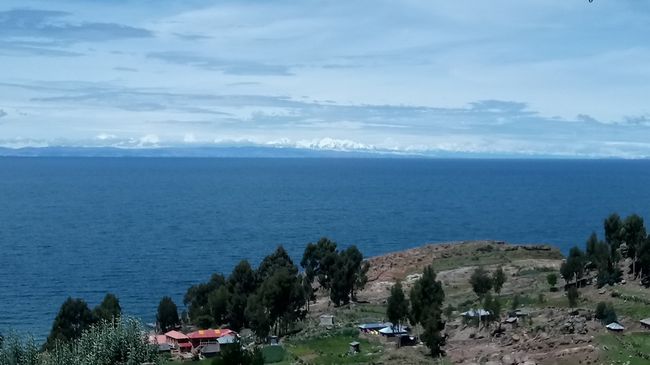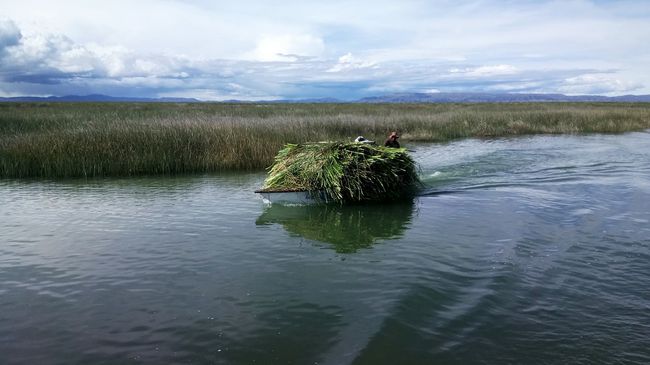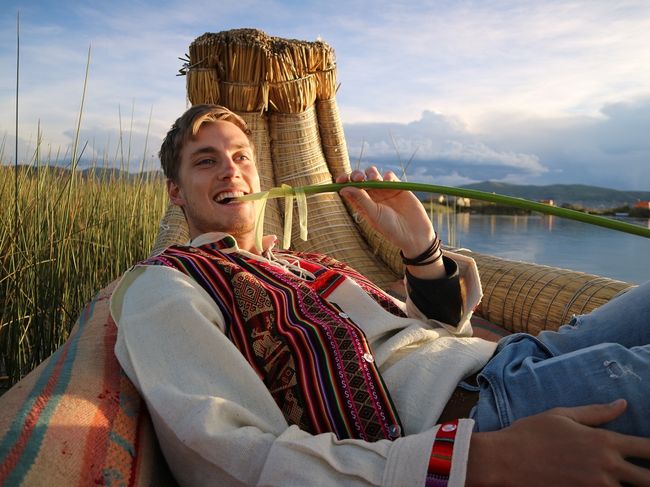The Titicaca Lake and the Uros
प्रकाशित: 27.03.2018
समाचारपत्रस्य सदस्यतां गृहाण
On the way from Cusco to Puno, our bus was like a tourist carriage. Several stops were made along the way for old churches, museums, or Inca sites. Not too exciting, but we really enjoyed the break for the lunch buffet.
Arriving in Puno, we had a great view of Lake Titicaca. At 3,850 meters above sea level, it is the highest navigable lake in the world and the largest in South America. If we compare it to Lake Constance, it is 13 times larger. At the bus station, a nice Peruvian man was holding a sign with 'Carina Wenzel', excellent service from our Airbnb host. We drove with him to a small boat dock. Here, Dario was waiting for us with his small boat and took us to his island. The so-called 'Uros' are floating islands made of reeds and are located a few kilometers from Puno. Dario's small island consists of three small guest houses, two houses for his and Carlos' family, and a kitchen and community house. Two solar panels provide the island with electricity for lighting and refrigeration. Our room had no outlets, no shower, and no toilet flush, but we still felt very comfortable. The tranquility on the island was pure relaxation compared to the loud and smelly city life. Surrounded by nature, sun, and chill lounge chairs - what more could you want?!
The night was really cold compared to the sunny warm afternoon. Despite the four blankets, we were freezing, but suddenly there was a knock on the door and we were given hot water bottles. What a dream! Simply but ingenious - filling plastic bottles with hot water and wrapping them in alpaca wool keeps you warm all night.
The next morning, we went back to Puno to book our onward journey to Chivay. It was quite busy here, as Saturdays are a big weekly market day. As usual, we visited the city's sights and realized that Puno is not very interesting. In the afternoon, Dario picked us up again at the harbor and showed us the traditional clothing of the Uros people. Of course, we immediately put on the traditional costume and rowed across the lake on an equally traditional reed boat. During the ride, we snacked on freshly plucked reed stems. It tastes like salad and is said to give you dazzling white teeth.
We spent the evening comfortably with the other guests, enjoying a Peruvian beer.
The next morning, it was pouring rain. However, we had planned our trip to Taquile Island. Dario assured us that it would not rain there and that was confirmed after the 1.5-hour boat ride. About 2,500 people live on Taquile, distributed among small villages, in a very traditional way. Both the clothing and their color indicate marital status. Here, self-sufficiency prevails for the most part with fruits, vegetables, wool, clothing, animal husbandry, etc.
The money is brought in by numerous tourists with their souvenir purchases. By the way, the people here speak Quechua, a language that is over 600 years old. We were explained the rituals of their way of life and shown a typical folk dance. Afterwards, we had lunch and took a walk to the viewpoint from where we could see the snow-capped Bolivian mountains. Then we went back to our little island. We enjoyed the sun a bit more in the lounge chair and packed up for our onward journey to Chivay the next morning.
समाचारपत्रस्य सदस्यतां गृहाण
उत्तरम् (3)
S-K
Wie genau heisst der schilfhalm würde mir das gerne näher anschauen S-K
Wie genau heisst der schilfhalm denn ? Würde mich gerne mehr darüber informieren :)Carina
Das kann ich dir leider nicht sagen :(